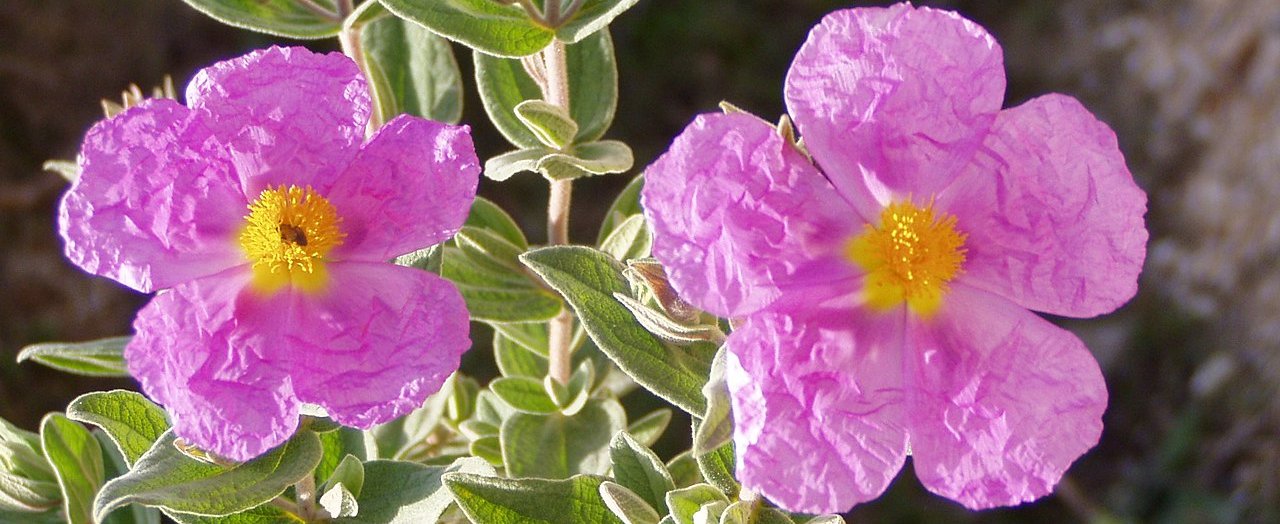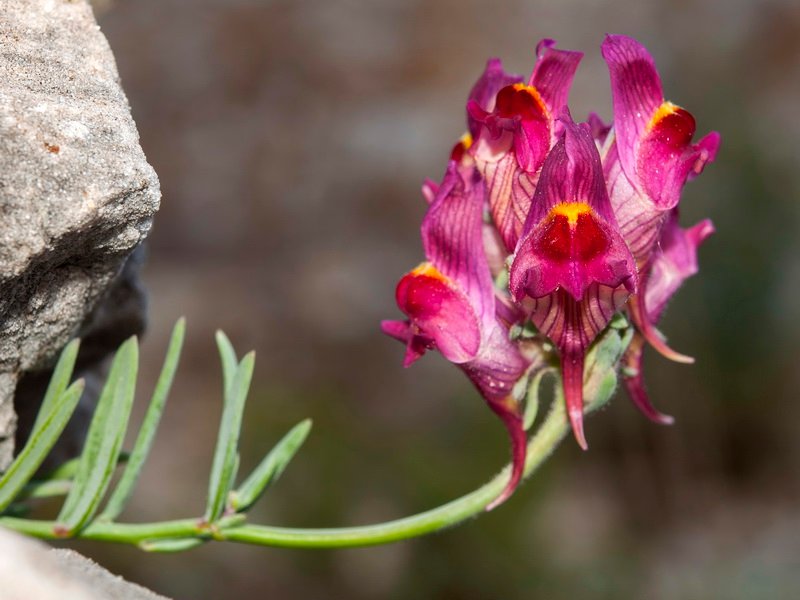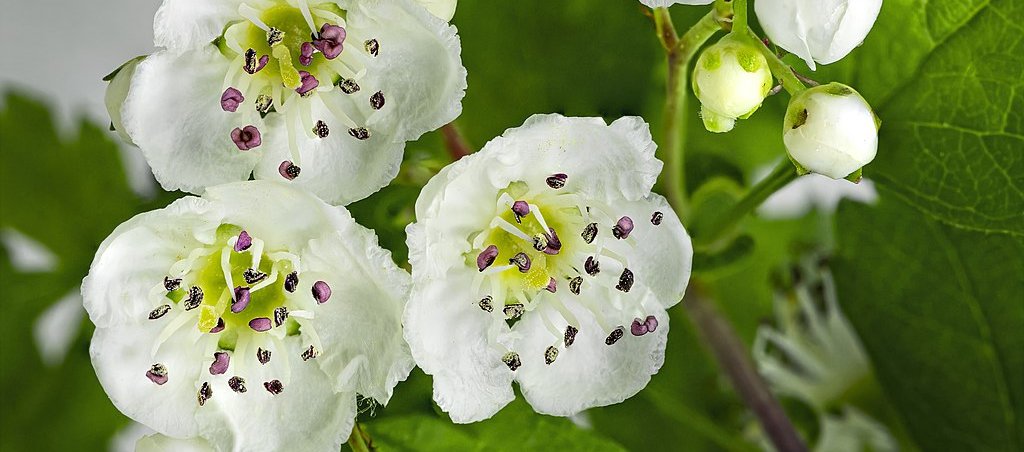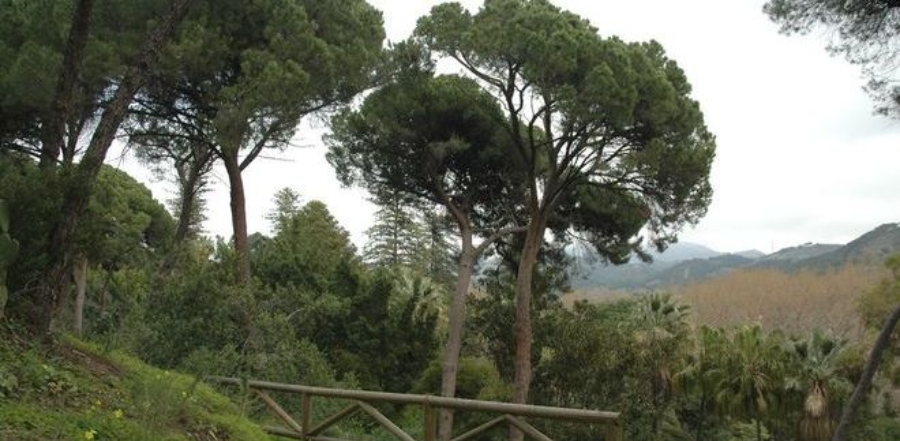Mediterranean flora
Climate and vegetation
For most of the year, temperatures in Malaga are mild, with hot summers and low rainfall. These factors have a significant influence on the way in which vegetation is distributed. In addition, the climate varies with altitude, creating a series of levels comprising different groups of plant species known as “bioclimatic belts”. The area of Malaga in which the garden is situated belongs to the thermo-Mediterranean belt, which spans from sea level to an altitude of about 800 metres.
The main characteristic of the flora that grows here is that it has had to adapt in order to survive long periods of drought, minimising evaporation to avoid water loss. To achieve this, the plants employ a variety of mechanisms, including small, hard leaves which in some cases have evolved into thorns, or a coating of hairs or protective wax that help keep moisture inside the plant; their roots also tend to be deep and woody to improve their water-seeking ability.
The biodiversity rockery
This is a collection of plants representative of the Mediterranean macro-bioclimate comprising specimens from both the European-North African basin and other parts of the world which share this climate, such as Canary Islands, Madeira, South Africa, the central region of Chile, southern Australia and California. Mediterranean flora is considered to be one of the richest in terms of diversity of species, encompassing 20% of the world's flora and numerous endemic varieties.
The Biodiversity Rockery also features an area devoted to the PHOENIX PROJECT, a joint initiative on the part of Spain's botanical gardens whose aim is the ex situ conservation of endangered and/or endemic flora. The dolomites section contains species such as Linaria clementei (from Mijas), Anthyllis tejedensis subsp. plumosa (from the hills of Tejeda y Almijara), and Genista haenseleri (from Ronda); species to be found in the serpentine garden include Armeria villosa subsp. carratracensis and Centaurea carratracensis (both from Carratraca), and Alyssum serpyllifolium subsp. malacitanum (from the Bermeja hills); finally, the red peat plot, characterised by a very acid ph similar to that found in the mining area of Riotinto, is home to Erica andevalensis.
Plants in our region
A small hill just north of the garden is home to a landscaped collection of flora that has been carefully selected to reflect our scenery and culture. Some species are Mediterranean, while others are of Asian origin; the latter, however, have been growing in the region for so long that we now consider them our own.
Olive, fig and pomegranate trees, pines, strawberry trees, hawthorns, oaks, junipers, wild olives, fan palms, lavender, rosemary, rosebays, rockroses and brooms are just some of the plants that make up the collection.
The Forest and Viewpoint Routes
The Forest Route runs across La Concepcion estate from north to south along its highest path. It affords magnificent views of the whole garden and the surrounding area, with the Montes de Malaga Nature Park directly opposite and the San Jose Estate and the city of Malaga itself to the south. Mediterranean flora predominates throughout this 1,100-m-long tour.
The Viewpoint Route runs directly above the Historical Garden. Along its course are a number of different viewpoints offering delightful views of the garden. The most unusual aspect of this tour is that it enables visitors to see the crowns of the trees and to appreciate the contrast between the subtropical flora of the garden itself and the local plants along the route. The route lenght is 415-m.





